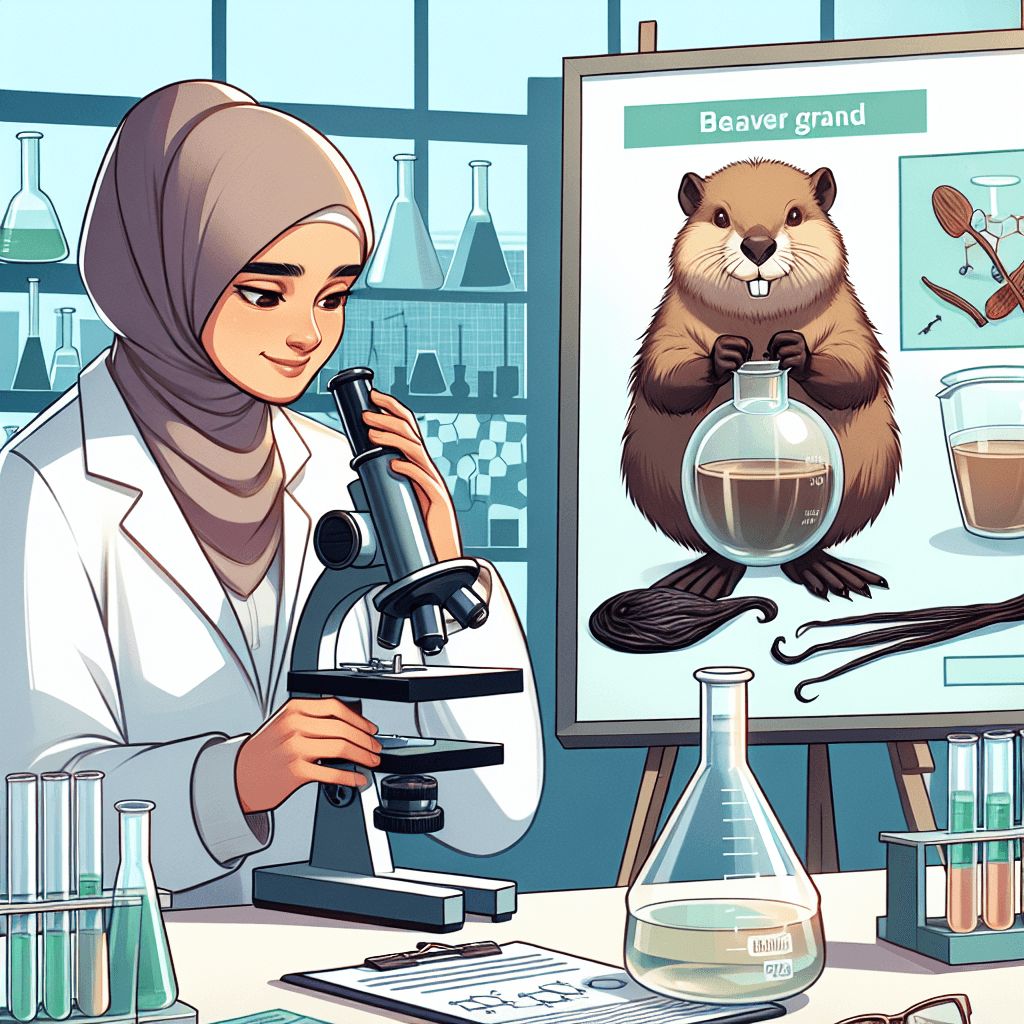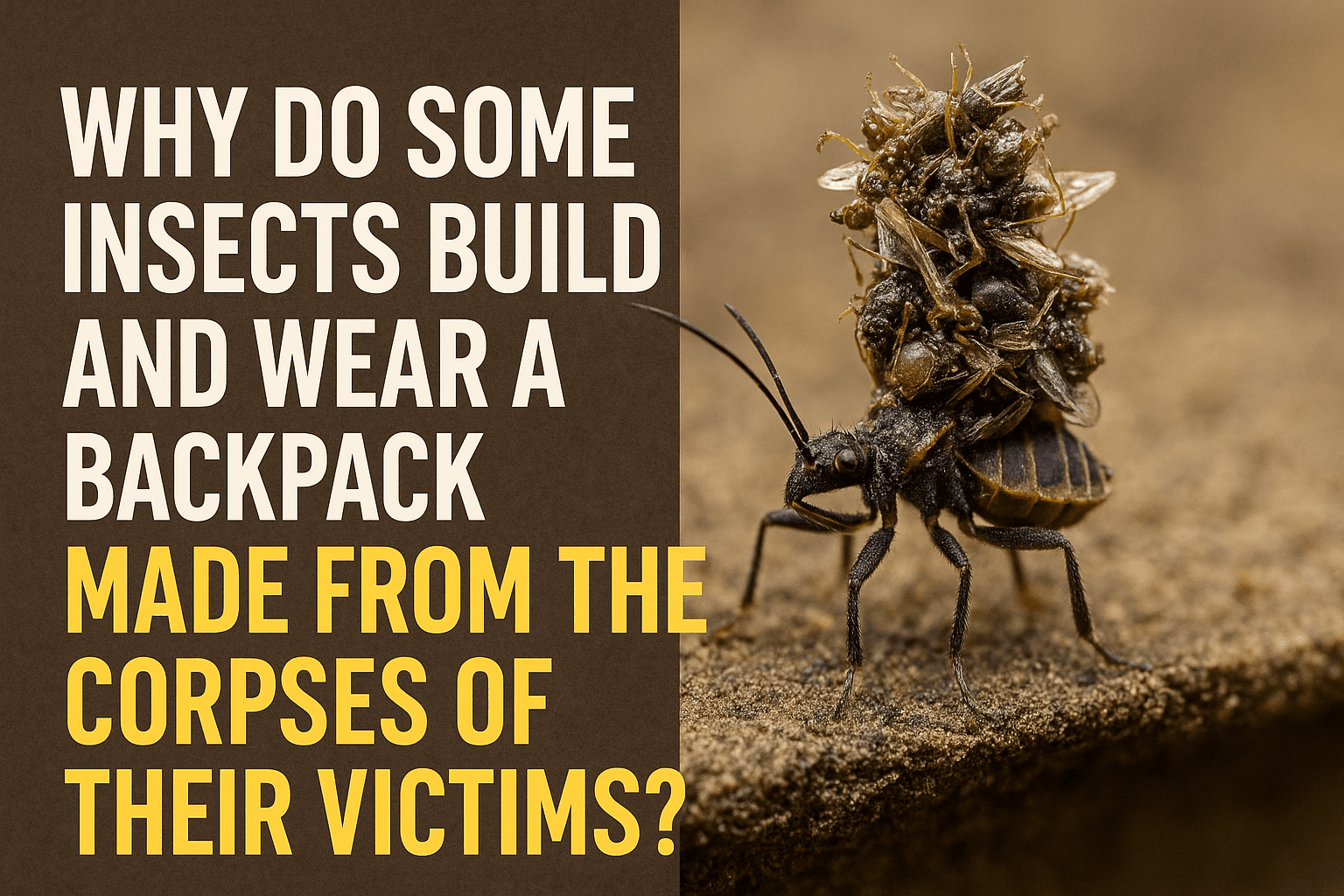Beaver Butts and Vanilla Beans: The Surprising Truth About Artificial Flavoring
Ever heard the unsettling claim that artificial vanilla flavoring comes from beaver glands? Discover the surprising kernel of truth behind this bizarre-sounding food fact.


Too Long; Didn't Read
A substance from beaver glands called castoreum can be used to make vanilla flavoring. While it sounds like an urban legend, it's true, but it's extremely rare and expensive, so it's almost never used in food today.
Beaver Butts and Vanilla Beans? Why Artificial Vanilla Flavoring Can Sometimes Come From Beaver Glands
Ever savored the sweet, comforting aroma of vanilla in your favorite baked goods or ice cream? It's one of the world's most popular flavors. But have you ever heard the startling claim that artificial vanilla flavoring can sometimes originate from beaver glands? It sounds like an urban legend, but there's a surprising kernel of truth behind this unsettling idea. This post delves into the science and history to answer the question: Why can artificial vanilla flavoring sometimes come from beaver glands? We'll explore what this substance is, how it got linked to vanilla, and whether you're likely to find it in your food today.
What is Castoreum?
The substance at the heart of this discussion is castoreum.
- Definition: Castoreum is a yellowish-brown, waxy secretion produced by mature North American and European beavers.
- Source: It comes from the beaver's castor sacs, located between the pelvis and the base of the tail, near the anus.
- Beaver's Purpose: Beavers use castoreum, often mixed with urine, to mark their territory and communicate.
- Scent Profile: Surprisingly, castoreum has a complex scent profile often described as musky, leathery, and notably, possessing sweet, vanilla-like notes, sometimes even hints of raspberry.
The Historical Connection: From Trapping to Flavoring
So, how did a beaver's territorial marking secretion become associated with vanilla? The link stems from historical practices and the chemical nature of castoreum.
Historically, beavers were trapped extensively for their pelts, meat, and castoreum. Castoreum itself has been used for centuries, primarily in:
- Perfumery: Its strong, musky, and sweet notes made it a valuable fixative and base note in high-end perfumes, helping other scents last longer and adding depth.
- Traditional Medicine: It was historically used for various alleged medicinal purposes, though these lack modern scientific backing.
Because of its distinct vanilla undertones, food scientists explored castoreum's potential as a flavor additive, particularly before the widespread availability of cheap synthetic vanillin. The complex chemical makeup of castoreum includes compounds that contribute to its unique scent, and some of these coincidentally mimic aspects of natural vanilla flavor.
Castoreum in Food: "Natural Flavoring" Explained
This is where the technical possibility arises. Under regulations like those from the U.S. Food and Drug Administration (FDA), castoreum is generally recognized as safe (GRAS) and can be listed under the umbrella term "natural flavoring."
- Why "Natural"? Because it originates from an animal source, it qualifies as natural, unlike synthetic vanillin derived from sources like wood pulp lignin or petrochemicals like guaiacol.
- Why Vanilla-like? While not containing significant amounts of vanillin (the primary flavor compound in vanilla beans), the overall blend of chemicals in castoreum can impart a flavor profile that vaguely resembles vanilla or enhances other fruity notes.
The Reality Check: Are You Eating Beaver Secretions?
Here’s the crucial point: While technically possible and historically documented, the use of castoreum as a vanilla flavoring in modern food products is extremely rare. Several factors contribute to this:
- Cost and Difficulty: Harvesting castoreum is challenging and expensive. It involves anesthetizing beavers to "milk" the glands or obtaining the castor sacs from trapped animals. This process is far more costly than producing synthetic vanillin. According to National Geographic, annual consumption of castoreum in the US is very low (around 300 pounds), primarily used in perfumes, not food.
- Availability of Alternatives: Synthetic vanillin is incredibly cheap and easy to produce in vast quantities, making it the go-to source for the vast majority of "artificial vanilla" flavoring. Natural vanilla extract from vanilla beans, while more expensive than synthetic, is also readily available.
- Ethical Concerns: Growing awareness of animal welfare makes sourcing ingredients like castoreum less desirable for many companies and consumers.
- Consumer Perception: Let's be honest – the "ick factor" is significant. Most consumers would likely be put off by the idea, and companies are well aware of this.
Therefore, the vanilla flavoring in your cookies, cakes, and sodas is almost certainly derived from either actual vanilla beans or, far more commonly, synthetically produced vanillin.
Conclusion: A Quirky Fact, Not a Common Ingredient
So, why can artificial vanilla flavoring sometimes come from beaver glands? Because castoreum, a secretion from beaver castor sacs, possesses vanilla-like scent notes and is legally classifiable as a "natural flavoring." Historically, it saw some use due to these properties.
However, the key takeaway is that its use in food today is negligible due to high costs, logistical difficulties, ethical considerations, and the availability of cheap, effective alternatives like synthetic vanillin. While the beaver-butt-vanilla connection makes for a fascinating (and slightly startling) piece of food science trivia, rest assured that the vanilla flavor in your pantry is highly unlikely to have originated from a beaver. It’s a reminder that the world of flavor science is full of surprising history, but practicality and cost often dictate what actually ends up on our plates.
More Articles

What creates the warm crackle sound unique to vinyl records?
That iconic warm crackle is more than just dust and nostalgia—it's the sound of a microscopic story of friction and physics being told in real-time.

Why do some insects build and wear a backpack made from the corpses of their victims?
For some of nature's tiniest predators, the best defense is a grisly offense—building a protective shield from the corpses of their vanquished prey.

Why are Earth's deserts not random, but aligned in two distinct belts?
It’s not a coincidence that the world's great deserts are aligned in two perfect bands; they are the direct creation of massive, invisible rivers of air that perpetually circle the globe.